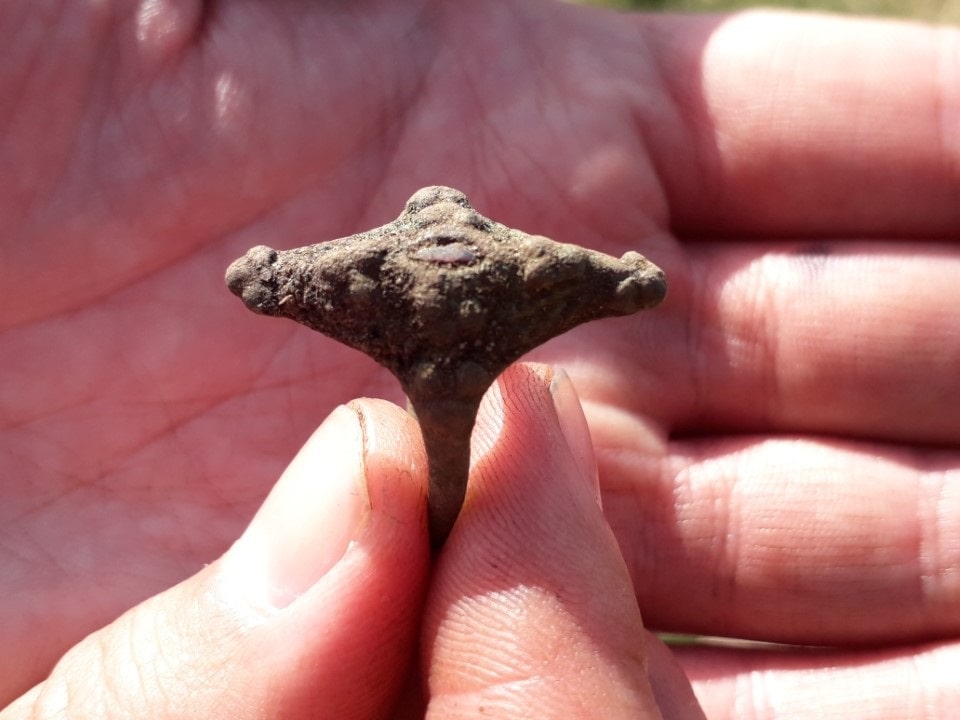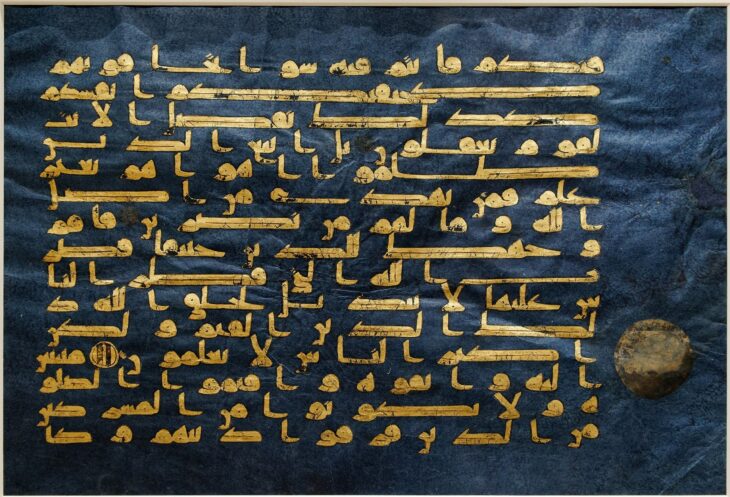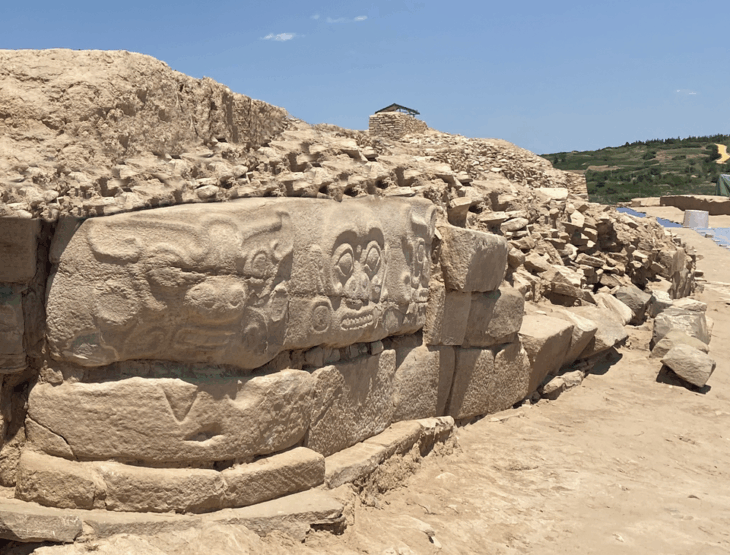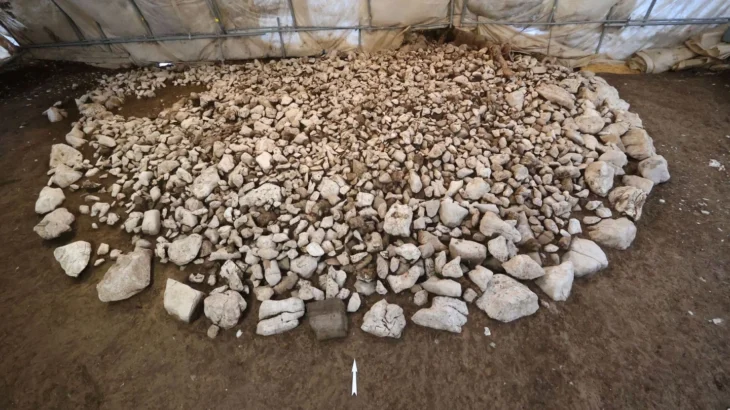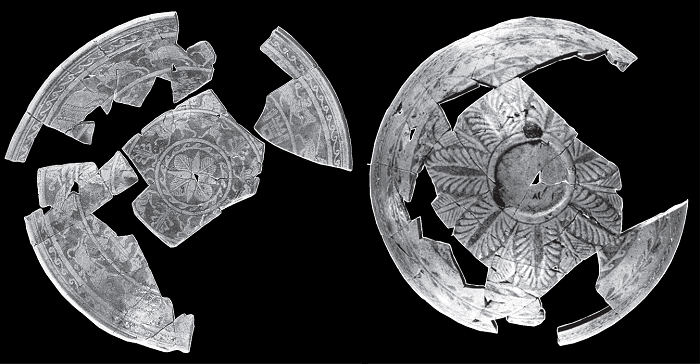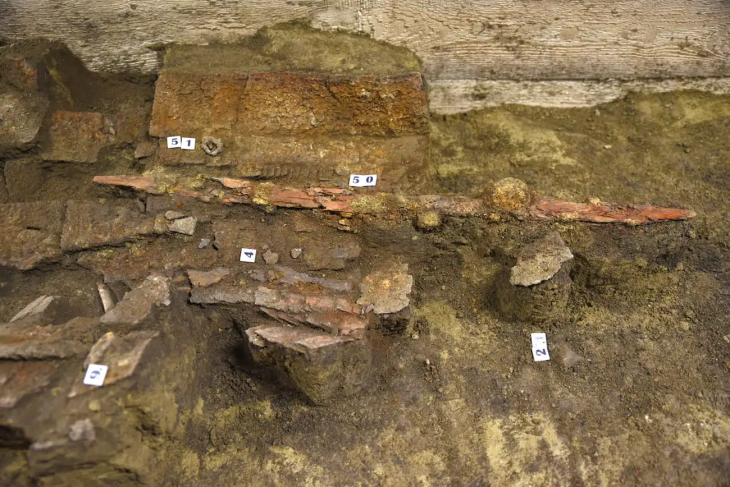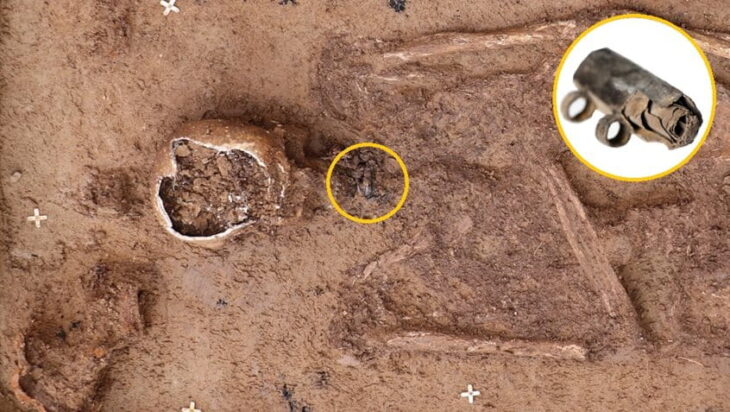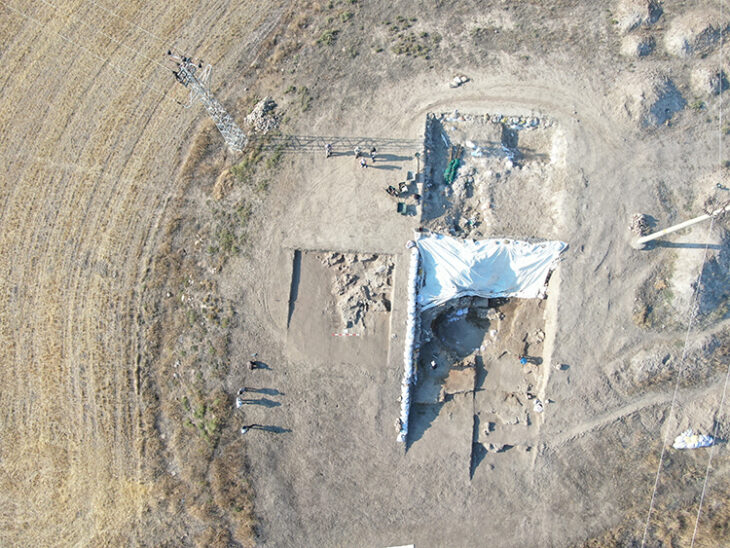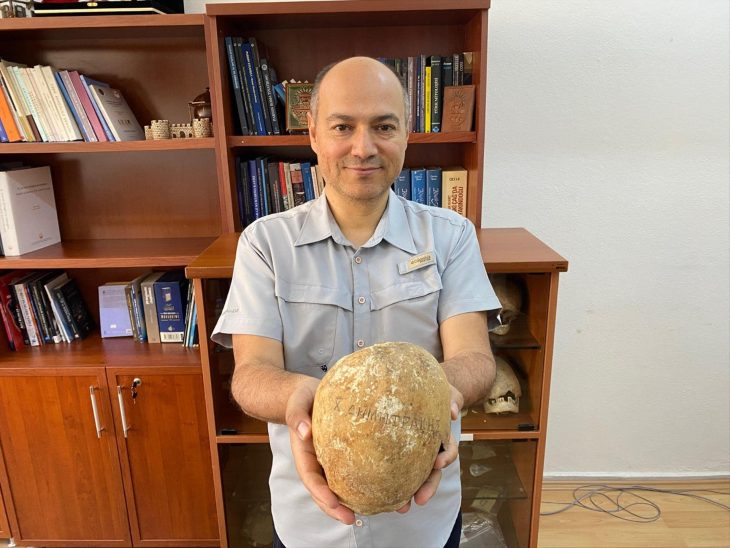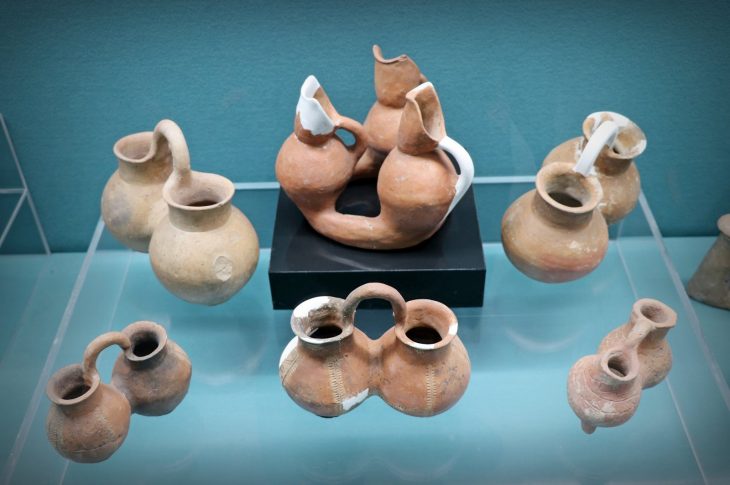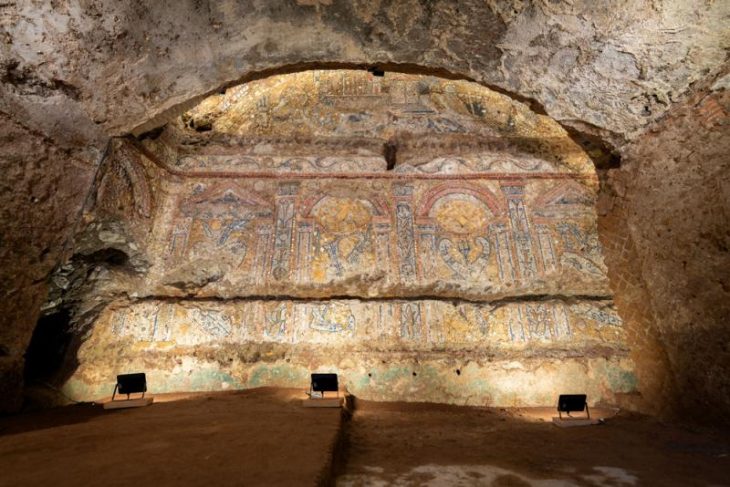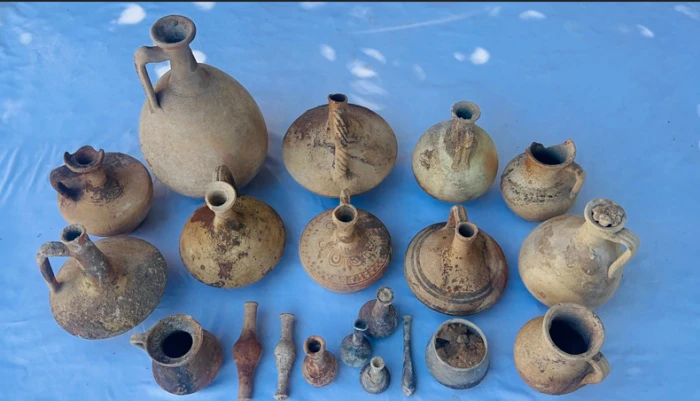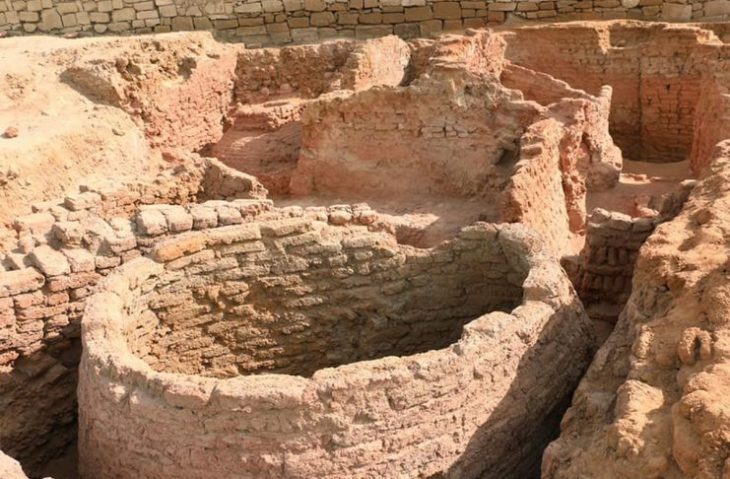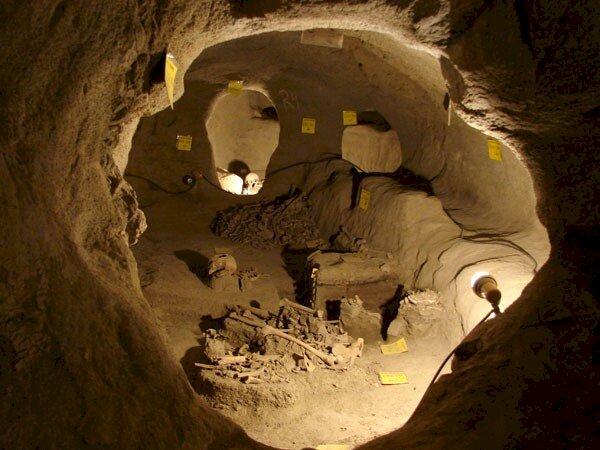A “remarkable” Pictish ring thought to be more than 1,000 years old has been unearthed by an amateur archaeologist on a dig at the Burghead Fort in Moray, Scotland.
Burghead Fort was a Pictish promontory fort on the site now occupied by the small town of Burghead in Moray, Scotland. The area was thought to have been ‘archaeologically vandalized’ in the 1800s when a town was built on top of it.
The ring, whose center is believed to be garnet or red glass, is presently being examined for analysis by the post-excavation service of the National Museum of Scotland. It is hoped to contribute to our understanding of the enigmatic Picts, whose kingdoms have been lost to time as they had no written record.
Before being found by a volunteer in a dig overseen by the University of Aberdeen, the kite-shaped ring with a garnet or red glass center had been hidden at the Burghead fort for over a millennium.
Despite being a recognized Pictish site, most people believed that its historical significance had been lost when the town of Burghead was built in the 1800s, enclosing most of the fort and removing the stone that was still needed for construction.
📣 Our WhatsApp channel is now LIVE! Stay up-to-date with the latest news and updates, just click here to follow us on WhatsApp and never miss a thing!!
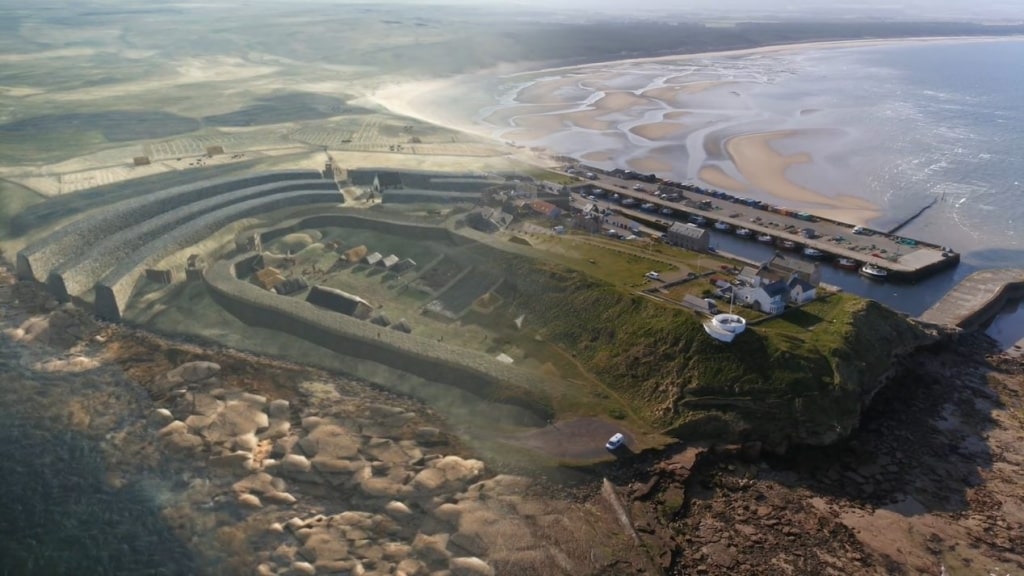
Among the families encouraged to relocate to the new town to support the fishing industry were the ancestors of John Ralph – a former engineer and graduate of the University of Aberdeen who has enjoyed a 50-year association with his alma mater. When he retired, John Ralph had signed up as a volunteer for the Burghead digs. On the last day of the dig, he found the ring.
Mr Ralph said: “It is a real thrill to dig up an artifact in the knowledge that you are probably the first person to see it for 1,000-1,500 years. It becomes a real guessing game of who owned it, what they used it for, and how it was lost.”
University’s Professor of Archaeology, Gordon Noble has led excavation work, funded by Historical Environment Scotland, over the last three years which has shed new light on the importance of the site and enabled the development of 3-D reconstructions of how it might once have looked.
Professor Noble says that what he was presented with was ‘truly remarkable’.
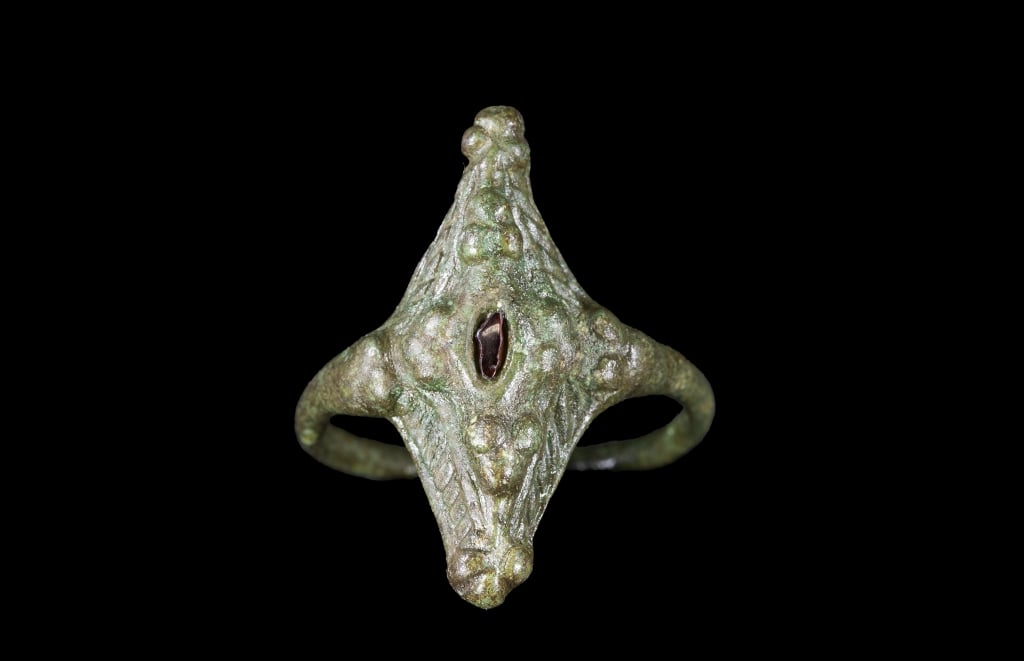
“Even before the conservation work we could see it was something really exciting as despite more than a thousand years in the ground we could see glints of the possible garnet setting.
“There are very few Pictish rings which have ever been discovered and those we do know about usually come from hoards which were placed in the ground deliberately for safekeeping in some way. We certainly weren’t expecting to find something like this lying around the floor of what was once a house but that had appeared of low significance so, in typical fashion, we had left work on it until the final day of the dig.”
Professor Noble added: “We will now look at the ring, evidence of buildings, and other artifacts to consider whether the ring was crafted on the site and who such an important piece of jewelry might have been made for.
“We have some other evidence of metalworking and the number of buildings we have uncovered is quite striking. This further indicator of the high-status production of metalwork adds to the growing evidence that Burghead was a really significant seat of power in the Pictish period.”
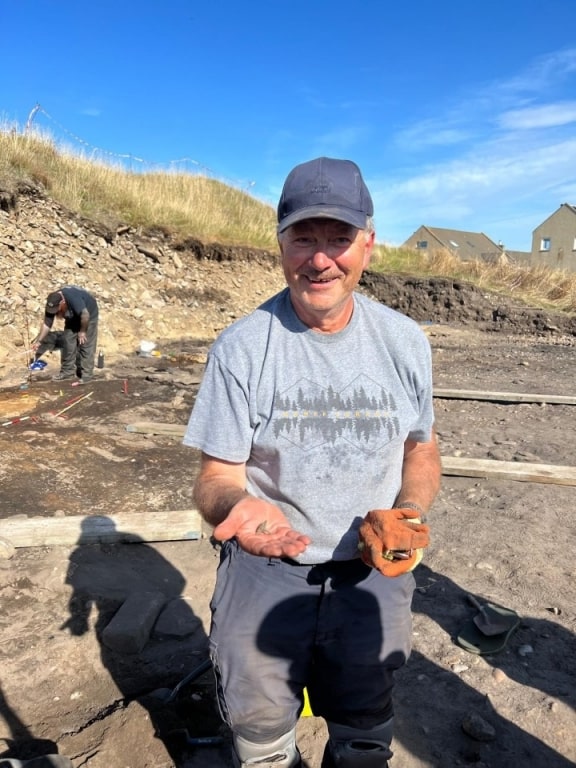
The Picts were descended from native Iron Age people who lived in what is now Scotland, north of the Rivers Clyde and Forth, between 300 and 900 AD, according to the Highland Pictish Trail.
While archaeology can reveal a great deal about these communities, information regarding their kingdoms, cultures, and beliefs has been lost to myth and mystery because none of their written records have survived to this day.
The public will be able to learn more about this find and the ongoing work at Burghead at an open day to be held at the fort on Sunday, September 8 from 10 am to 4 pm.
Cover Image: University of Aberdeen

